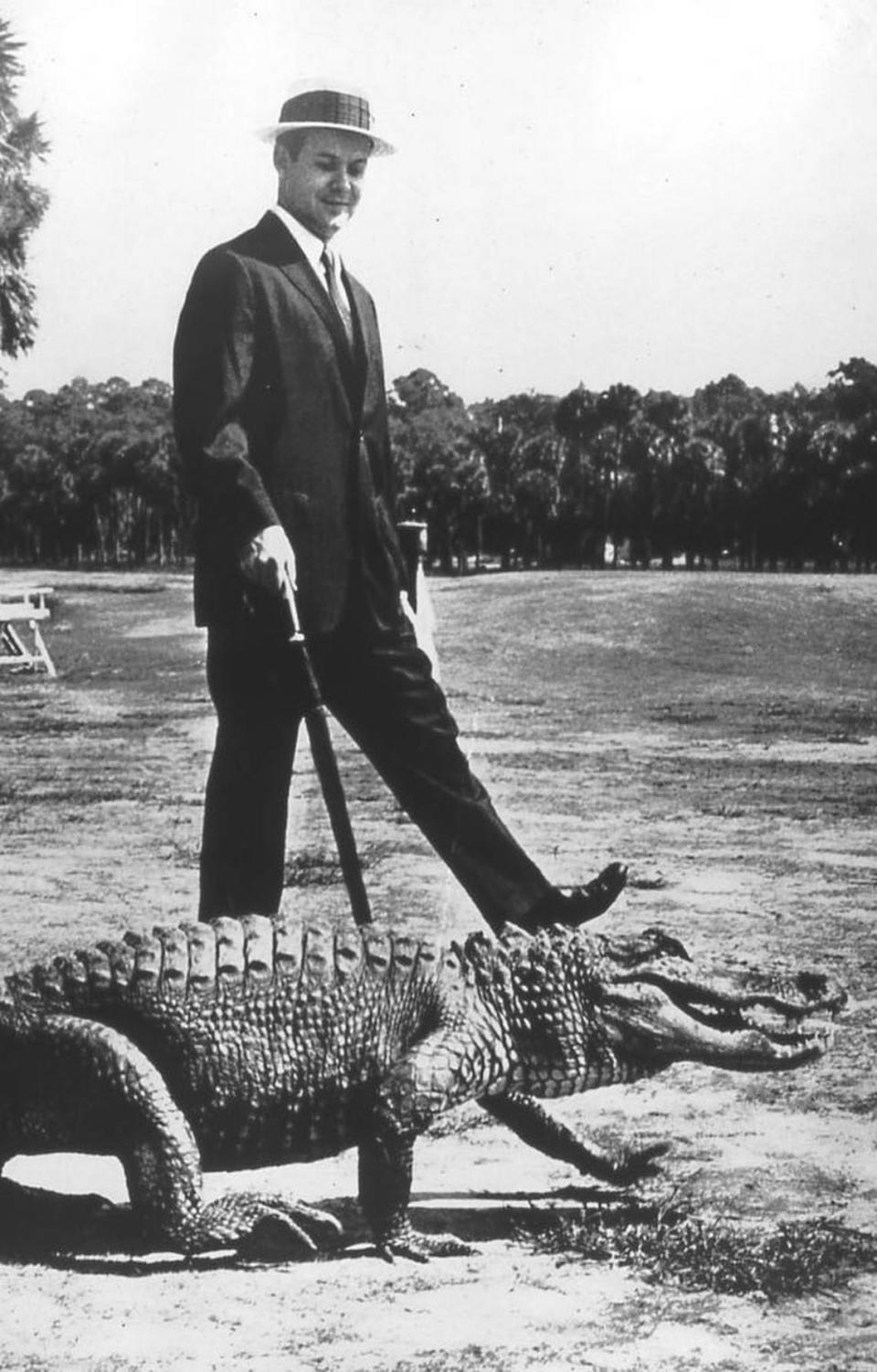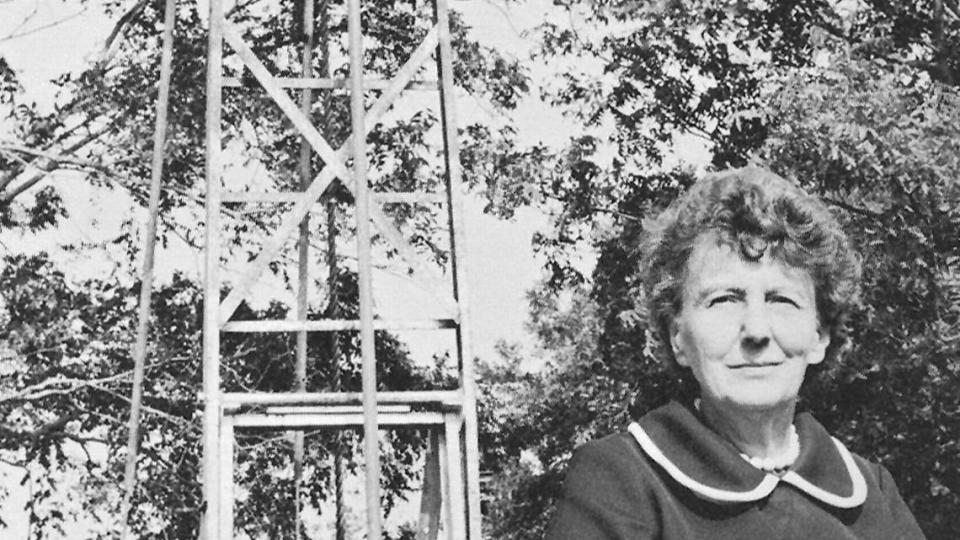What’s in a name for nest cam ospreys on Hilton Head? Paying homage to island trailblazers
- Oops!Something went wrong.Please try again later.
After over 100 entries in a month’s time, two ospreys nesting in the high branches of a pine tree on Hilton Head Island have names. And if they’re anything like their monikers, they’re destined for eventual greatness.
Charles and Charlotte, the voting public dubbed the two birds who’ve called the special nest — one that has cameras affixed nearby for live viewing — home since mid-March.
No. Their titles do not derive from the royal family. The lineage is much more local. In fact, the trailblazers also called the island home.
Even for non-residents, the name Charles Fraser may ring a bell. The Hilton Head pioneer developed and founded The Sea Pines Company, the first community of its kind on the island that was otherwise sparsely populated and heavily wooded.

Fraser took particular care to ensure the development was environmentally conscious, using covenants and deed restrictions to protect it. Throughout the years, Sea Pines’ recycling programs and sustainability initiatives have won it honors and accolades.
While her name doesn’t rouse the bold image of striding alongside an alligator, Charlotte Heinrichs was also a Hilton Head powerhouse.
A tiny force and lifelong nurse, Heinrichs came to the Lowcountry in 1968. When illness was rampant in the local community due to contaminated shallow wells, it was Heinrichs who took on the task of getting deeper wells dug to replace the contaminated water with clean water.
In 1973, she founded The Deep Well Project, which assists community members in emergency situations with everything from rent payments to constructing wheel chair ramps. This year, the nonprofit celebrates its 50th anniversary.

They’re big shoes to fill for the young osprey couple that Robin Storey, Hilton Head Land Island Trust board member, said may not lay this year.
“I don’t want to give up hope,” Storey said. “But if I look at the other ospreys in the area, some of them have already had their eggs or they’re sitting on eggs now.”
Ospreys, predatory birds native to North America’s coastal areas, nest for about 50 days and will lay between two and three eggs in a clutch, the Land Trust said. They’ll incubate the eggs between 36 and 42 days.
The size of a large chicken egg, ranging from white to light brown and tinged with shades of red, brown and gray splotches, the eggs will hatch in the same sequence as the osprey laid them. The chicks will fledge about 55 days after hatching, using the nest as home base until migrating in September.
Still, Storey said, the young pair could keep coming back to the nest as they mature and become ready to lay a clutch.
Raptor CAM roommates
There’s one trait Charlotte and Charles seem to share with their iconic namesakes: They’re generous.
When the ospreys swooped into the nest that’s live-monitored by the Hilton Head Island Land Trust’s Raptor CAM, they were ready to split time in the cushy digs with a pair of great horned owls.
That wasn’t always the case.
Back when the beloved bald eagle duo, Harriet and Mitch, called the nest their home and over one million people from 26 different countries tuned in to watch, other birds knew not to ruffle their feathers. The nest was only for Harriet, Mitch and their two eaglets.
But the eagles haven’t been seen back at the spot since late last year after their two eaglets fell out of the nest due to an avian flu. From November to early December, people spotted a pair of great horned owls pecking around the nest. By mid-March, two ospreys checked in.
Now, a bit like roommates, the horned owls and ospreys trade off nesting rights.
Like great horned owls and bald eagles, taking over an abandoned nest and calling it home is typical. Ospreys often bulk up the reused spot with bark, sod, grasses, sticks and sometimes algae, according to the Land Trust.
Even if there are no chicks this year, Storey said the Raptor CAM gives “everyone a bird’s eye view” of what happens with the island’s wildlife.
For people tuned into the Land Trust’s Raptor CAM, this osprey pair’s nesting and incubation period can be seen live at https://www.hhilandtrust.org/raptorcam.

